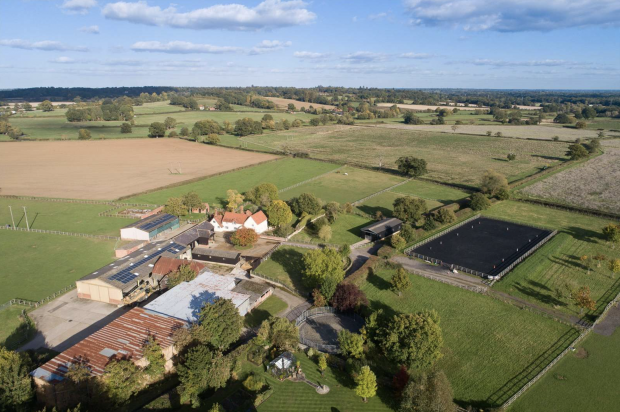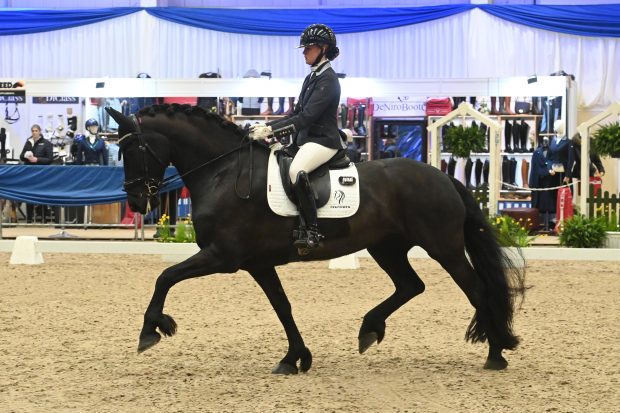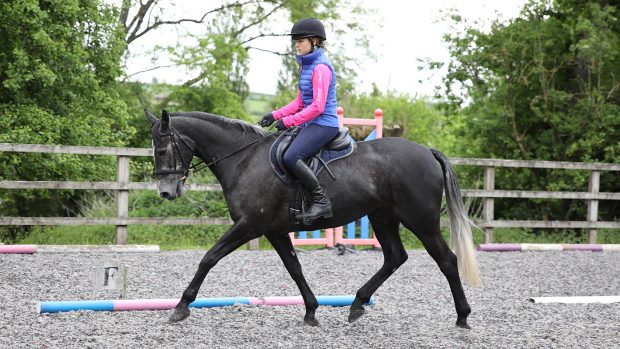This year marks the 50th anniversary of the re-discovery of this ancient breed of horse, and to celebrate here are eight things you need to know about this rare breed
1. Height
Caspians average only 11.2hh and with their narrow conformation they make gentle, willing mounts for small children.
2. Caspian horses not ponies
Despite their height, Caspians are known as horses rather than ponies. They have been the subject of a lot of controversy and research, which established that their bone structure is that of a horse rather than a pony.
According to the Caspian Horse Society: “The Caspian is a horse, not a pony, and therefore should be viewed in the same manner when judging a well-bred horse. That is the limbs, body and head should all be in proportion to each other. Foreshortened limbs or a head out of proportion are faults. The overall impression should be that of an elegant, small horse.”
3. A ‘spectacular’ action
They are known to have a spectacular action as well as speed. They have a “natural floating action at all gaits with a long, low swinging trot with spectacular use of the shoulder”, according to the Caspian Horse Society. Their canter is “smooth and rocking” and they have a “rapid flat gallop”. They are “naturally light and agile with exceptional jumping ability”.
4. Suitable for older riders
When they are crossed with Arabs or thoroughbreds, Caspians maintain all the typical attributes of the breed, while the extra height makes them more suitable for older riders.
5. Origins
The breed dates back to ancient Persia, at least as far as 3,000 B.C. Experts now believe the Caspian to be the forerunner to the Arab horse and therefore to most of the hot blooded horses in existence today.
6. The rediscovery
By 1965 the breed was virtually unknown outside a small mountainous area of northern Iran. Many thought Caspians were extinct. But Louise Firouz, the American-born wife of an Iranian aristocrat, chanced upon a stallion darting in the streets of a coastal market town in northern Iran and set about trying to expand its population.
7. Going further afield
Louise’s attempts to expand the breed were repressed by revolution and war, but the removal of a small number to the UK, prompted by Prince Philip, and the achievements of breeders in the UK, Australia, New Zealand, the USA and Scandinavia ensured their survival.
8. Back in danger
However since Louise Firouz died in 2008, recession in several parts of the world where they are bred and the dispersal of two large studs in the UK have drastically reduced the number of breeding stock. This has limited breeding to a scale unknown since the breed was rediscovered. The Caspian breed is again endangered.
Find out more at www.caspianhorsesociety.org.uk




